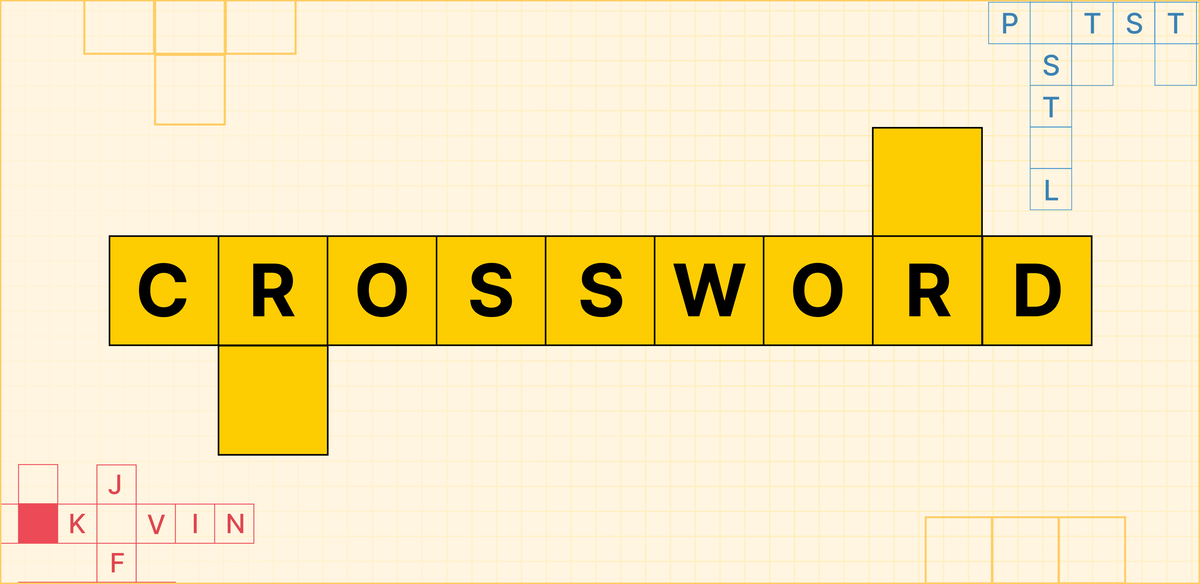
USA Today via Reuters
Apr 23, 2023; Talladega, Alabama, USA; NASCAR Cup Series driver Kyle Larson (5) NASCAR Cup Series driver Chase Elliott (9) NASCAR Cup Series driver Daniel Suarez (99) NASCAR Cup Series driver Ross Chastain (1) race at Talladega Superspeedway. Mandatory Credit: Marvin Gentry-USA TODAY Sports

USA Today via Reuters
Apr 23, 2023; Talladega, Alabama, USA; NASCAR Cup Series driver Kyle Larson (5) NASCAR Cup Series driver Chase Elliott (9) NASCAR Cup Series driver Daniel Suarez (99) NASCAR Cup Series driver Ross Chastain (1) race at Talladega Superspeedway. Mandatory Credit: Marvin Gentry-USA TODAY Sports
Apart from being one of the fastest tracks in NASCAR, the Talladega Superspeedway has its challenges. The track employs pack racing, where cars run close to each other and make high-banked turns, leading drivers to maintain speed even at turns. Because of the high speed and competitive racing employed on the track, the unpredictability of the safety of the drivers has always been a concern.
Although a venue for high-speed thrills, Talladega Superspeedway is also widely known for some of the most horrific wrecks in NASCAR history. While NASCAR continues to show improvements in the safety measures of its drivers and spectators, some wrecks from the past are no short of nightmares even today.
From Rusty Wallace to historic wrecks on its track
ADVERTISEMENT
Article continues below this ad
The track layout design at Talladega Superspeedway doesn’t offer many escape routes. When trouble brews, drivers have limited options to avoid collisions. With over 40 cars racing close at high speeds, the chances of contact are always higher on the Talladega track. Backed by some such reasons, the past saw quite a few historic NASCAR wrecks.
- To start with, there is the famous wild ending of Rusty Wallace in 1963. During the final lap of the Winston 500 on May 2nd, Dale Earnhardt and Rusty Wallace, just about 300 yards from the concluding line, altered what otherwise seemed like Ernie Irvan’s destiny. In a battle to reach the finish line, Earnhardt’s Chevrolet bumped into the rear of Wallace’s Pontiac. Wallace, experiencing one of the most horrifying wrecks in NASCAR history, went airborne, flipping about 12 times to land past the checkered flag. Three years hence, in 1996, Dale Earnhardt underwent a collarbone breakage in a collision with Sterling Marlin’s car on lap 118 of the DieHard 500 race. The former’s car bounced against the wall, flipping on its side, resulting in a T-bone in the roof.
- In 2003, during lap 82 of the race, Michael Waltrip spun and clipped Elliott Sadler. Damage to the right front of his car caused him to lose control and flip over multiple times. However, Sadler came out safe. During the final lap of the Aaron’s 499 race, Carl Edwards was leading the pack as he approached the finish line, with Brad Keselowski right behind him. Edwards’ car flew into the fence, tearing a hole in the fence, and debris was scattered into the crowd. The car ripped apart, with pieces flying off as it spun around.
- Again, in 2010, Dennis Setzer’s car caught fire after hitting the fence and landing back on the track. Eric McClure became entangled in a multi-car collision in the final laps of the Aaron’s 312 Nationwide Series race. His car hit the inside wall on the backstretch at a speed that resulted in a severe injury to the driver. In more recent times, there have been horrible wrecks as well at the 2.6-mile track. In the same year’s AMP Energy Juice 500, A.J. Allmendinger’s No. 43 went airborne and crashed. That triggered a multi-car pileup, including the Busch brothers and Scott Speed. In an overtime finish in the Spring Xfinity Series Race, Joey Logano spun out after contact with Elliott Sadler. Brennan Poole initially finished first, but Sadler was declared the leader when the caution occurred.
- Coming to 2016’s Cup Series, Brad Keselowski led as chaos ensued behind him, resulting in Kevin Harvick’s car flipping and a 21-car wreck known as ‘The Big One.’ Again in the same year, Chris Buescher’s No. 34 Ford flipped on the backstretch, involving seven cars. In the Monster Energy NASCAR Cup Series Playoff, a total of 16 cars got wrecked, providing a horrific visual. The accident affected several playoff contenders, including Kevin Harvick and Kyle Busch, altering the playoff landscape.
Following the dangers brought about to all those involved in the sport, NASCAR has committed to strengthening its safety measures.
NASCAR’s commitment to drivers’ safety
Considering the alarming crashes at the Talladega Superspeedway, NASCAR has implemented actions for driver safety. The design includes welding reinforced steel plates to the right side door bars. This is to ensure additional protection during side collisions. Additionally, NASCAR softened the front clips of their vehicles. This is put forward as an effort to absorb energy during front collisions between cars or against the wall. NASCAR has also softened the front bumper struts in vehicles. This would help the vehicles dissipate more energy during collisions.
Apart from that, NASCAR has also aimed at softening the overall stiffness in the front section of the car. This measure, crucial for maintaining the dynamics of the frontal impacts of the car, is done by softening the front ballast of the car. Lastly, there has been a modification in the cross-brace design of the cars. This is to improve the structural integrity of the cars while also increasing their flexibility.
This introduction in the flexibility of the cars is important for the absorption and distribution of impact forces during collisions or crashes. NASCAR has thus stepped forward to protect its drivers from unprecedented crashes, keeping in mind the harrowing car wrecks at the Talladega Superspeedway.
ADVERTISEMENT
Article continues below this ad
ADVERTISEMENT
Article continues below this ad

Challenge Your Sports Knowledge!
Solve the puzzle and prove your knowledge of iconic players, terms, and moments.

